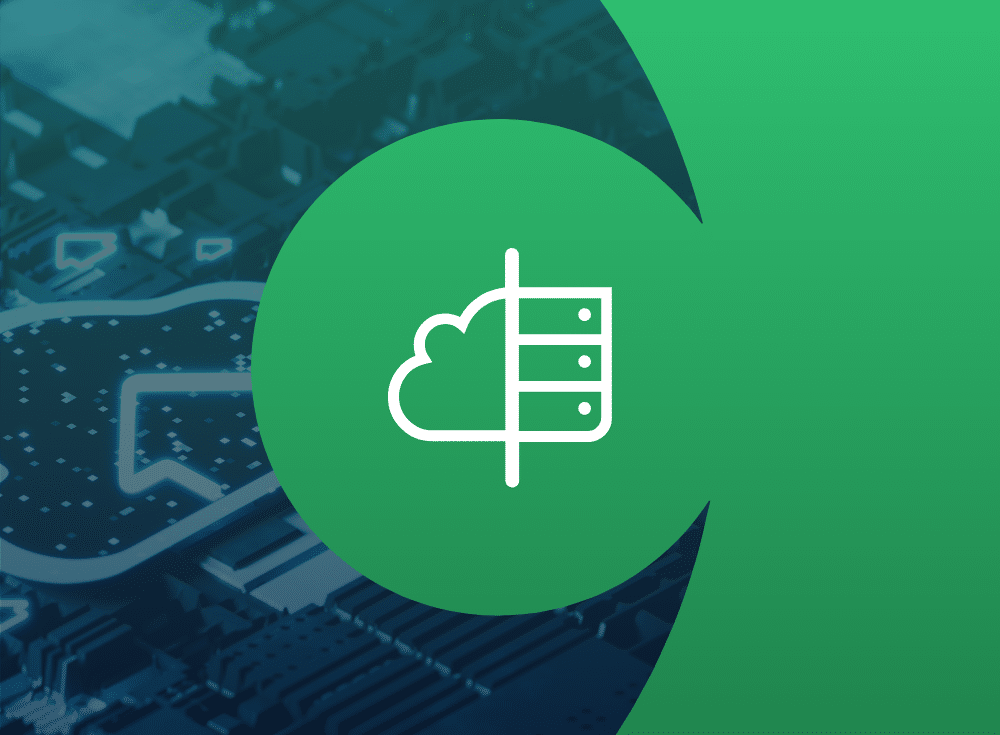In the digital technology arena, distinguishing between cloud and cloud native applications is crucial for enterprises aiming to optimize their computing resources and strategy. The debate around cloud vs cloud native centers on their different design principles, deployment methods, and operational efficiencies. While cloud applications are typically adaptations of existing systems made to run on virtual machines or cloud environments, cloud native applications are designed from the ground up to utilize the full spectrum of cloud functionalities, such as microservices, containers, and continuous integration/continuous deployment processes. This fundamental difference affects performance, scalability, and overall agility.
Find below some additional characteristics of these two applications that marks significant difference between them.
Architectural structure
Cloud applications often follow a monolithic architecture where all components of the software are interlinked and interdependent. In contrast, cloud native applications utilize a microservices architecture where the application is divided into small, independent modules that communicate through APIs. This difference in architecture not only impacts the ease of updates and scalability but also affects how faults and issues are handled within the application.
Development and deployment speed
The development and deployment speed of cloud native applications is generally faster than traditional cloud applications due to their reliance on microservices, which can be developed, tested, and deployed independently. Cloud applications, due to their monolithic nature, often require more comprehensive testing and deployment strategies that can slow down updates and fixes. This makes cloud native applications more suitable for environments where rapid iteration is necessary.
Resource utilization
Cloud native applications are designed to maximize the efficiencies of the cloud environment, including better utilization of resources through containerization and orchestration platforms like Kubernetes. This allows for more dynamic scaling and resource management compared to traditional cloud applications, which might not be as finely tuned to the elastic nature of cloud resources, often leading to either over-provisioning or underutilization.
Resilience and recovery
Due to their distributed nature, cloud native applications tend to be more resilient. They are designed to withstand failures of individual components without affecting the overall functionality. Cloud applications might suffer from a single point of failure if one part of the application fails, potentially bringing down the entire system. The modular approach of cloud native applications allows for quicker recovery from failures, enhancing overall system availability.
Integration and updates
Cloud native applications facilitate easier integration with other cloud services and tools, supporting a broader adoption of automation, analytics, and real-time data processing technologies. The use of containers and microservices in cloud native applications means updates can be pushed through with minimal disruption to the service. On the other hand, updates in traditional cloud applications might require more significant downtime or slower integration with newer technologies.
Final thoughts
Understanding the nuances between cloud and cloud native applications is vital for businesses planning to migrate to the cloud or optimize their existing cloud strategies. Each has its merits and ideal use cases. Therefore, the choice between them should be guided by the specific needs, technical capabilities, and strategic objectives of the organization.


